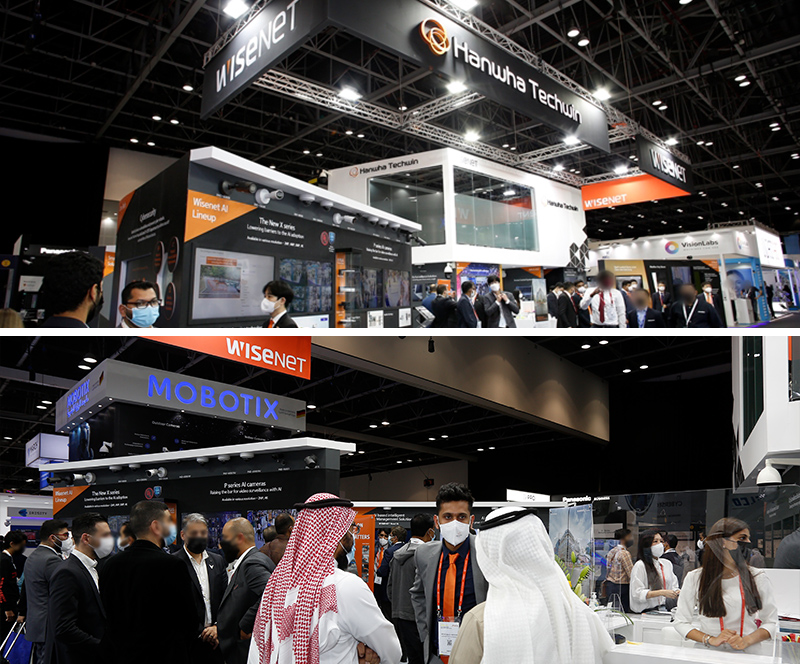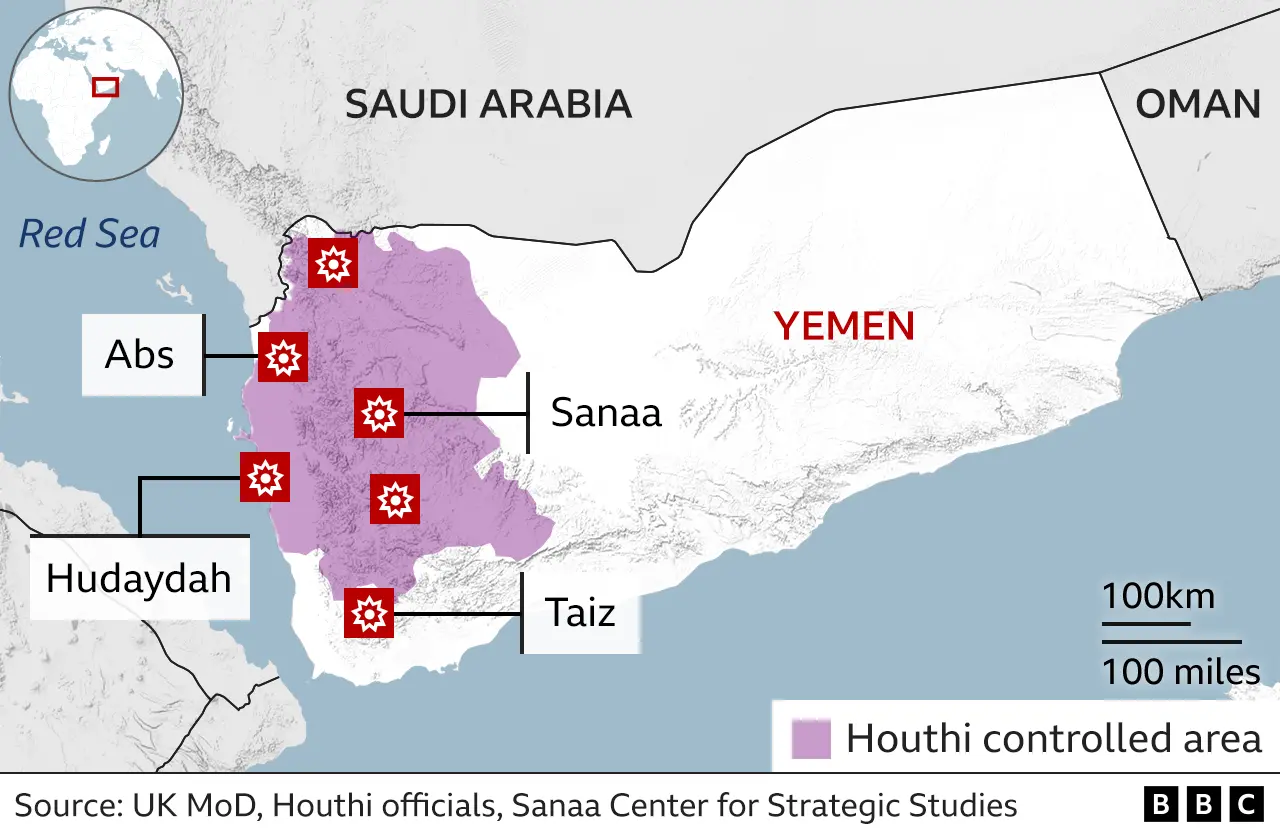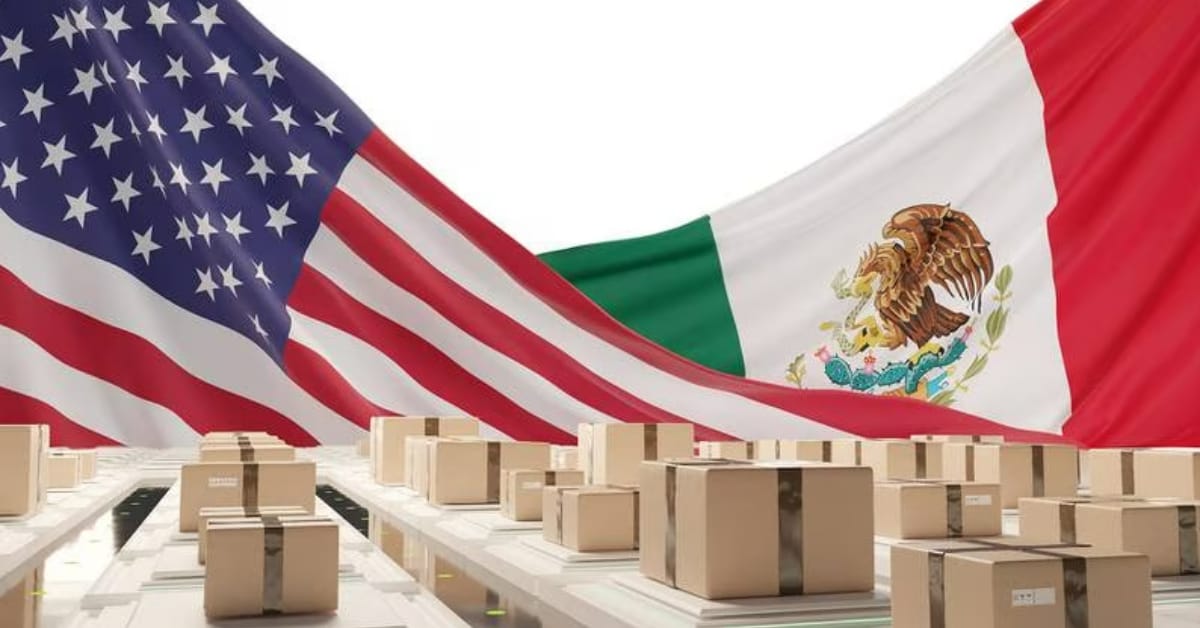Alright, folks, let’s break down what’s happening in the Middle East because this is a critical development with potential ripple effects on global markets. Iran’s Foreign Minister Hossein Amir-Abdollahian just met with Oman’s Foreign Minister Sayyid Badr Albusaidi in Muscat, and the conversation wasn’t about dates and coffee – it was about getting the indirect talks with the US back on track.

Let’s be real, these talks are a pressure valve. They’re not about friendship; they’re about managing a volatile situation and preventing things from escalating. Oman, smartly, has positioned itself as a crucial mediator, and Iran clearly appreciates that. Amir-Abdollahian lauded Oman’s responsible approach to regional issues and specifically thanked them for hosting the talks.
But here’s the real kicker: Iran isn’t just asking Oman to play messenger. They’re actively handing over their negotiating position and crucial information, effectively saying, “Here’s what we need the Americans to hear.” That tells you a lot about the level of frustration – or perhaps, strategic calculation – on the Iranian side.
Understanding Indirect Negotiations: A Quick Primer
Indirect negotiations are a common tactic when direct dialogue is politically impossible or deemed too risky. Instead of sitting face-to-face, messages are relayed through a third party – in this case, Oman.
This approach offers several benefits. It allows for communication without the added pressure of direct confrontation. It also provides a buffer, decreasing the chances of impulsive reactions.
Furthermore, it permits each side to convey messages with potentially greater control over the narrative. The mediator can help frame the messaging and manage expectations.
This isn’t just some diplomatic sidebar; the stakes here are HUGE. A potential deal could unlock Iranian oil supplies, easing energy price pressures, but it also comes with geopolitical risks. Keep a close watch on this, because it could significantly impact your portfolio.





